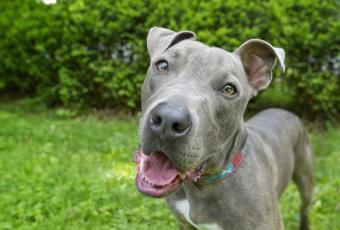
Bully Breeds and Danger — Or Lack Of

You NEED to See the Pibble Smile

Pit Bulls Aren't for Everyone

Bully Breeds Are Determined

Pit Bull Owners Need to Be, Too

Pit Bulls Were Originally Known As Nanny Dogs

Bully Breeds Are Heroes in War: Sergent Stubby

Red Nose vs Blue Nose American Pit Bull Terrier

Shelters Are Overflowing With Bully Breeds

Originally Bred to Be Work Dogs

Help In The Fight For Awareness

Pit Bull-Type Dogs Are All Sizes

Average Lifespan and General Health

Pit Bull Exercise Requirements Are Manageable to Most

They Can Have a High Prey Drive

Picking a Bully Breed

© 2025 LoveToKnow Media. All rights reserved.







